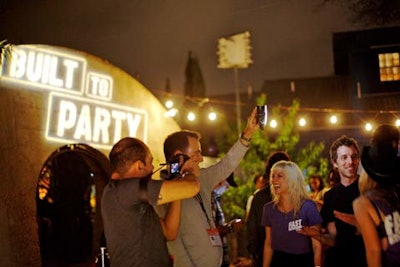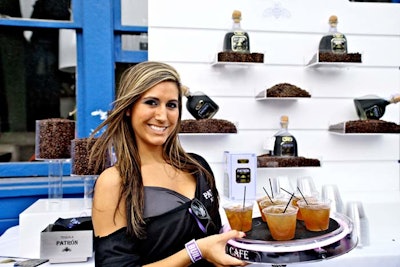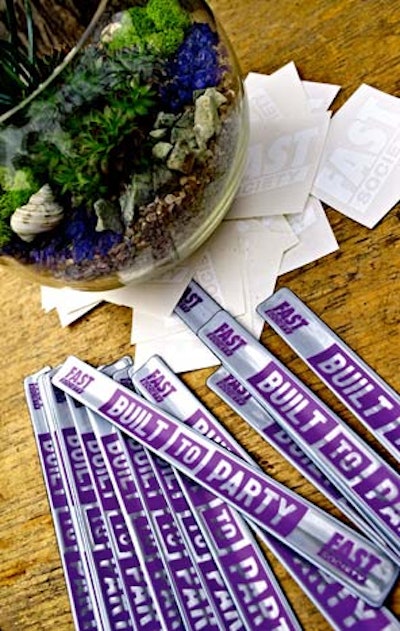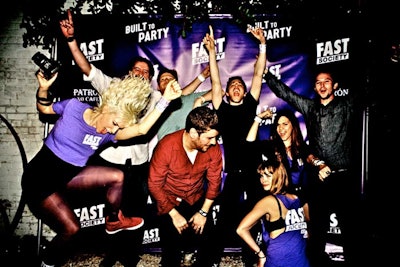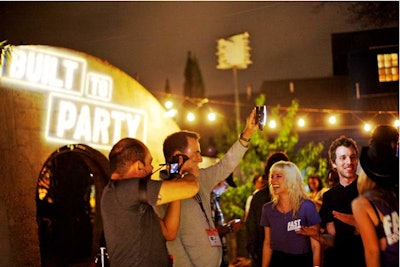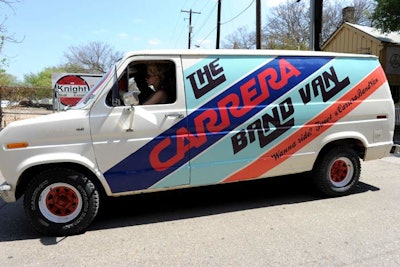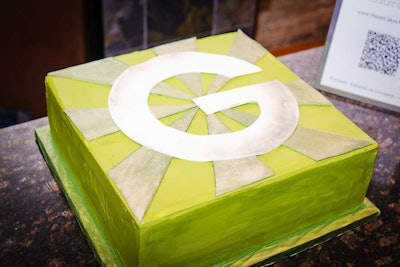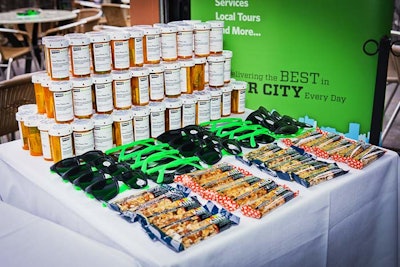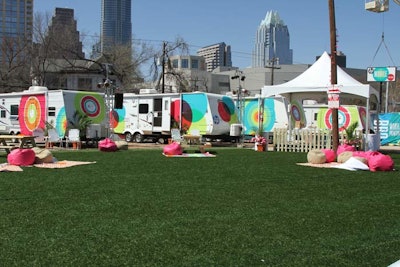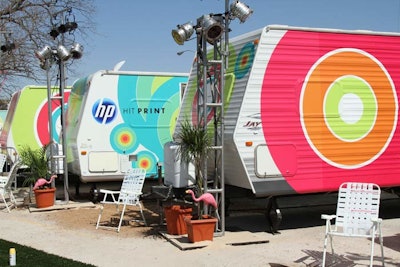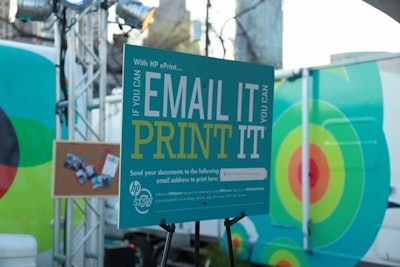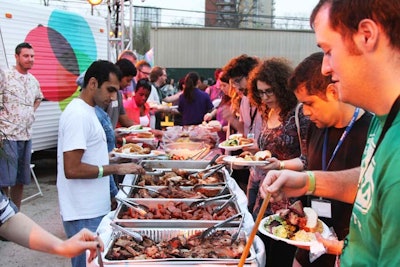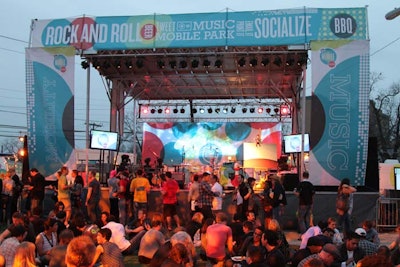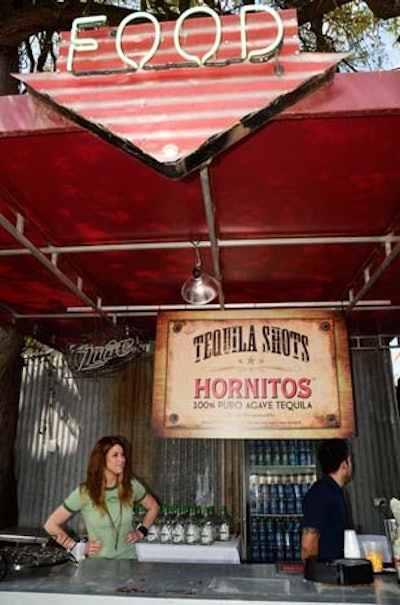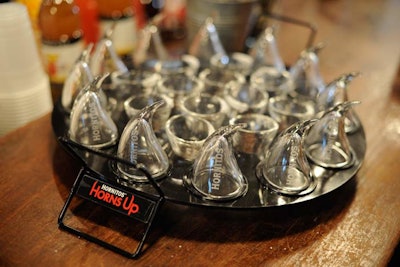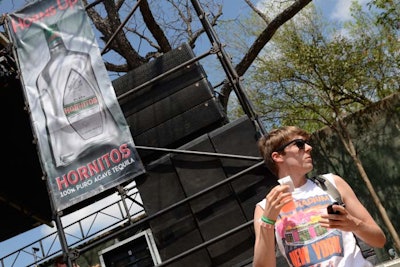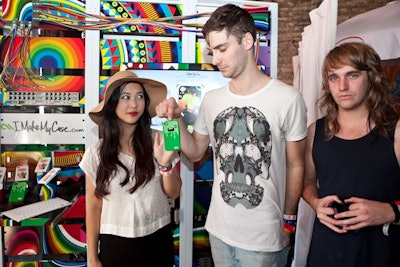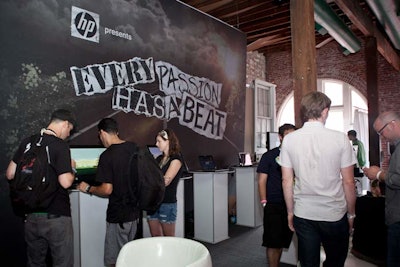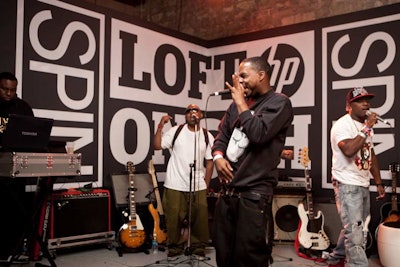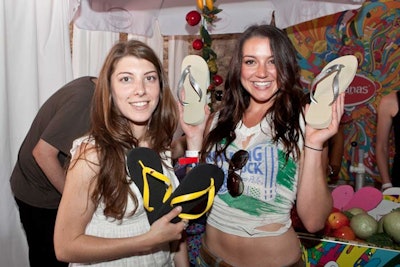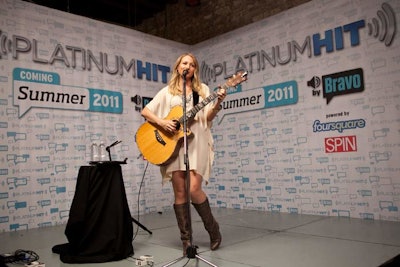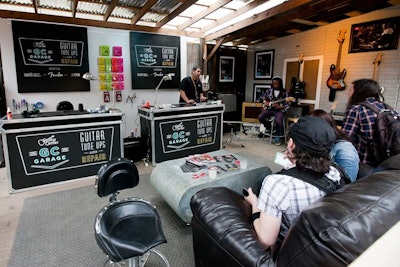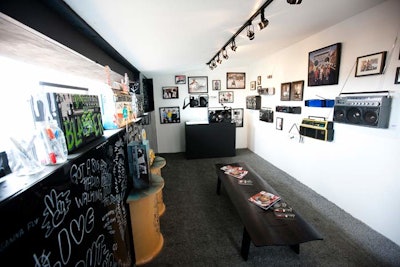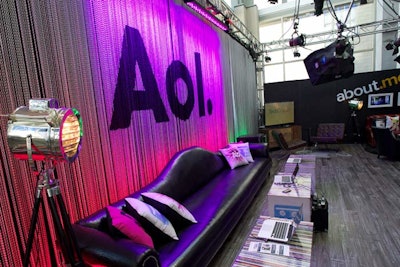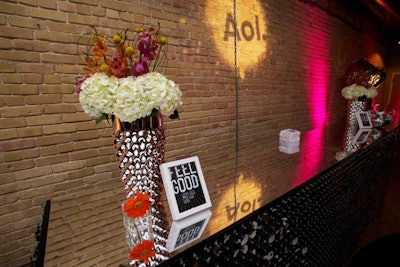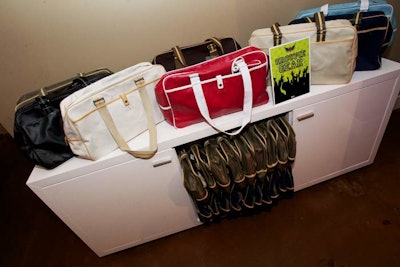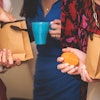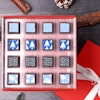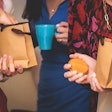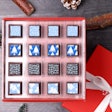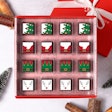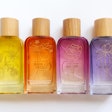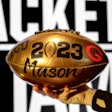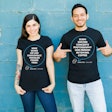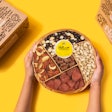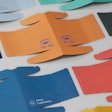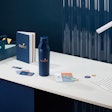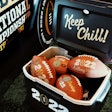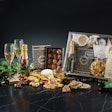Each year at South by Southwest, there's a lot to take in during the Interactive, Film, and Music portions of the festival. But for those who stick around for the long haul—10 days—it's not hard to spot a few common threads in all of the event marketing initiatives from sponsors and piggybacking brands.
Here's a look at the trends spotted in Austin, Texas, that you can likely expect to see more of throughout the rest of the year.
1. Streaming Content
The desire to have an event reach beyond those in attendance is a constant consideration for marketers and planners. And while SXSW attendance continues to grow, brands like AOL, IFC, and The Fader have all increased efforts to give their festival activations a larger audience. All three streamed interviews and performances from their SXSW hubs on their Web sites in 2011.
Other brands took the critical mass of attention and influencers falling on the city to stream less conventional events online. Ray-Ban, for example, streamed the popping of a gigantic water balloon, which kicked off a water fight the brand also chronicled on video.
2. Branded Transportation
A substantial portion of the cars traversing downtown Austin this year were covered in logos and decorative advertising—and they weren't just for show. Chevrolet promoted its eco-friendly Volt with the "Catch a Chevy" promo. Certain intersections throughout Austin were staffed with Chevy representatives, and anyone who walked by when a car was parked there could get a complimentary lift back to their hotel or to their next show.
Other brands promised more than just a free ride. Sunglasses-maker Carrera ditched its stationary gifting suite for the "Band Van." Talent and media could call for rides across town, and while they sat in it, could pick out a new pair of shades.
3. Less Swag
What some may call cost-cutting, others might be inclined to dub a responsible move. Swag, freebies, and paper usage had been on the rise at recent iterations of SXSW, but not this year. This was clear from registration, where official festival tote bags—normally packed with pounds of postcards, snacks, and other items that ended up in hotel garbage cans—were streamlined, with only a few programming books and other easily recycled materials.
4. QR Codes
It took awhile, but the QR code (a matrix bar code that, when snapped by a camera phone, transfers data) seems to finally be taking hold in North America. At SXSW, the distinctive, pixel-formed squares popped up on posters for events, on branded materials at parties, and even on napkins and cocktail glasses.
The usefulness of the data transfer is still up for debate, but the fact the festival-goers were taking photos of the codes and taking them back with them means they have to be making some impression.
5. Extended Presence
This may be unique to SXSW, one of the few festivals fractured into differently themed categories, but brands and sponsors that once focused on only one segment of the festival are now in it for the long haul. AOL maintained a strong presence after the technology-focused days were over, and, this year, Hewlett-Packard created a pop-up complex that took them from Interactive through Music. There's no longer just "one" SXSW audience that brands are trying to reach. They want them all.
